The glossy pages of Vogue have long dictated the rhythms of fashion, their thick paper stock whispering promises of exclusive access to the world's most coveted trends. But as the magazine's digital edition struggles behind its increasingly fortified paywall, industry observers are witnessing what might be fashion media's most spectacular identity crisis since the advent of Instagram.
Condé Nast's decision to erect hard paywalls around Vogue's digital content wasn't particularly radical when announced in 2019. The New York Times had proven the model's viability, and even fashion competitor Business of Fashion had successfully implemented subscriptions. Yet four years into this experiment, the tension between Vogue's heritage as a cultural tastemaker and its new role as a gated content provider has created fractures that no amount of retouching can conceal.
At the heart of the dilemma lies an uncomfortable truth: fashion thrives on the very accessibility that paywalls restrict. Unlike political analysis or investigative journalism, trends derive their power from ubiquity. When a Gucci bag or Bottega Veneta shoe becomes recognizable enough to spark desire, it does so through countless free impressions - on street style blogs, celebrity Instagram accounts, and yes, in the freely accessible pages of fashion magazines. By locking its most compelling content behind subscriptions, Vogue Digital risks becoming irrelevant to the very conversation it once led.
The numbers tell a sobering story. According to leaked internal documents, Vogue's U.S. digital edition had amassed just 180,000 paying subscribers by mid-2023 - a paltry sum compared to the 11 million unique monthly visitors its free site attracted pre-paywall. More troubling still, engagement metrics among younger readers (the demographic most crucial to luxury advertisers) have plummeted by nearly 40% since the paywall's implementation. What was meant to be a revenue lifeline may instead be starving the brand of its cultural oxygen.
Anna Wintour's famous dictum that "fashion isn't about looking back, it's always about looking forward" rings increasingly hollow as Vogue's digital strategy appears mired in nostalgia for the print era. The magazine's paywalled content often replicates the leisurely, editorially dense features of its physical counterpart - 3,000-word designer profiles, lavish multi-page spreads - formats that feel increasingly anachronistic in an age of TikTok fashion commentary and Instagram Reels. Where competitors like Highsnobiety and Dazed Digital have built thriving businesses by meeting Gen Z on their preferred platforms with snackable, social-first content, Vogue Digital remains stubbornly committed to bringing its audience back to the mothership.
This miscalculation becomes especially glaring when examining where fashion's cultural conversations now occur. TikTok's #FashionTok hashtag generates over 14 billion views monthly, with teenage creators dissecting runway shows in real time. Instagram's @diet_prada account routinely breaks industry scandals days before traditional outlets. Meanwhile, Vogue's meticulously produced video interviews with designers languish behind its paywall, averaging fewer than 5,000 views each - a rounding error in today's attention economy.
The paywall predicament also exposes deeper tensions within Condé Nast's corporate strategy. While Vogue has been pushed toward subscriptions, sister publications like GQ and Vanity Fair maintain hybrid models with significant free content. This inconsistency suggests not a carefully calibrated portfolio approach, but rather a company struggling to reconcile its legacy print DNA with digital realities. The result is a schizophrenic user experience where a teenager might freely binge GQ's sneaker coverage one moment, then hit an impenetrable paywall when clicking through to Vogue's streetwear feature the next.
Perhaps most damning is how the paywall has impacted Vogue's relationship with the fashion industry itself. Designers who once clamored to be featured now quietly grumble about placements behind the subscription barrier, where their work receives fraction of the exposure it once commanded. Emerging labels in particular report diminishing returns from Vogue coverage compared to placements on free platforms like SSENSE or even Depop's editorial arm. When even the gatekeepers feel locked out, the entire ecosystem suffers.
There are glimmers of adaptation. Vogue Business, the title's B2B offshoot, has found success with a freemium model that offers tactical industry insights. The magazine's Chinese edition has pioneered "paywall lite" strategies, allowing limited free access to select trending stories. And recent hires suggest Condé Nast may finally be taking social-first content seriously, poaching talent from BuzzFeed and Vice to helm new video initiatives.
Yet these experiments remain peripheral to Vogue Digital's core offering, which still treats the paywall not as a flexible tool but as an ideological line in the sand. This absolutism reflects a fundamental misunderstanding of fashion media's new landscape. Where news organizations can reasonably ask readers to pay for essential information, style publications traffic in something far more ephemeral - cultural relevance. And as any marketer knows, you can't charge admission to a party nobody attends.
The solution may lie not in abandoning subscriptions altogether, but in reimagining what a fashion paywall could be. Imagine a Vogue that offered its deepest reporting and archival access to paying members while unleashing trend forecasts and street style content to fuel social sharing. Picture a membership program that granted not just articles, but early access to sample sales, exclusive shopping events, or even coveted Fashion Week invitations. In an industry built on exclusivity, the magazine has curiously failed to monetize its most valuable asset: proximity to the inner circle.
As it stands, Vogue's digital paywall represents the worst of both worlds - too porous to generate meaningful revenue, yet restrictive enough to alienate the casual visitors who once made it essential browsing. The magazine finds itself like a couture gown displayed behind museum glass: technically pristine, but divorced from the living, breathing world of fashion it was meant to adorn.
Fashion has always been about knowing what to hold onto and when to let go. As Vogue approaches its 130th anniversary in 2024, its digital strategy requires that same discernment. The choice isn't between paywalls and irrelevance, but between clinging to old definitions of prestige or redefining value for a new era. After all, even the most exclusive atelier eventually opens its doors for fashion week. The question is whether Vogue Digital will lower its velvet rope before the crowd moves on to more welcoming venues.

By /Aug 13, 2025

By /Aug 13, 2025
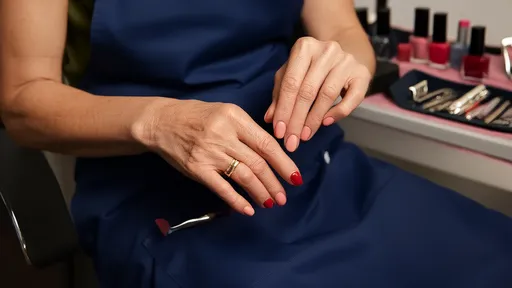
By /Aug 13, 2025

By /Aug 13, 2025

By /Aug 13, 2025
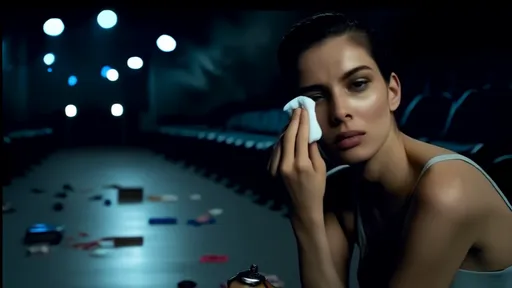
By /Aug 13, 2025
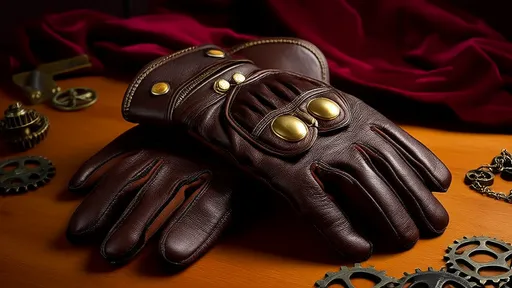
By /Aug 13, 2025
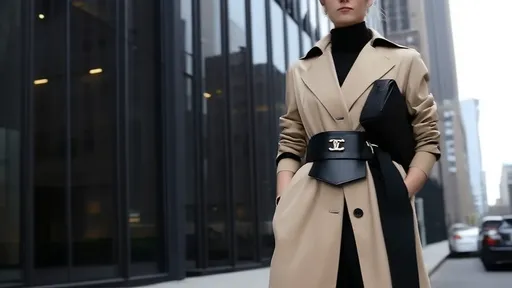
By /Aug 13, 2025

By /Aug 13, 2025
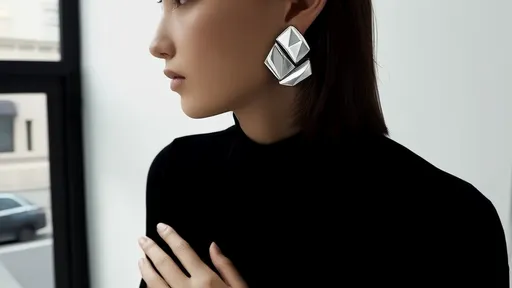
By /Aug 13, 2025
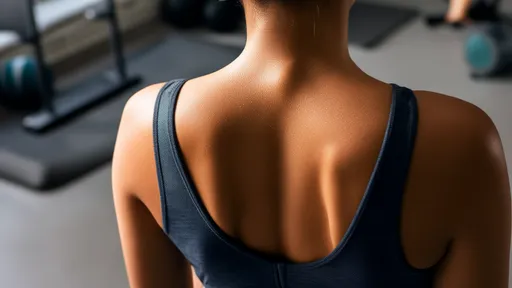
By /Aug 13, 2025
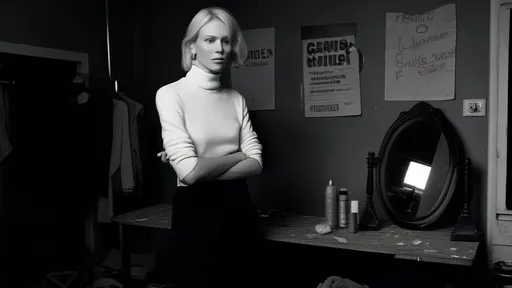
By /Aug 13, 2025

By /Aug 13, 2025
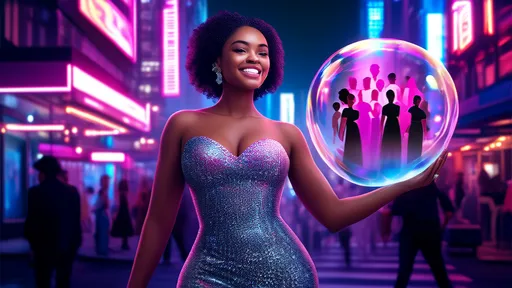
By /Aug 13, 2025
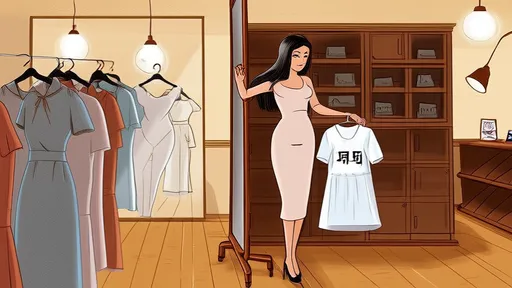
By /Aug 13, 2025

By /Aug 13, 2025
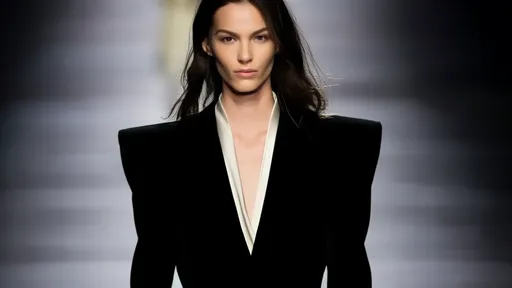
By /Aug 13, 2025

By /Aug 13, 2025
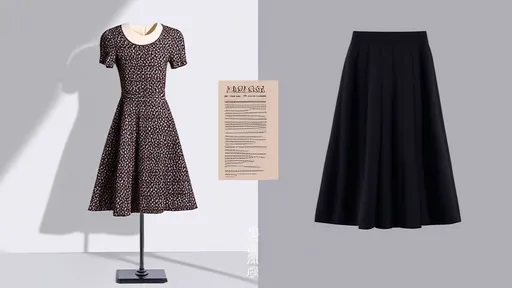
By /Aug 13, 2025
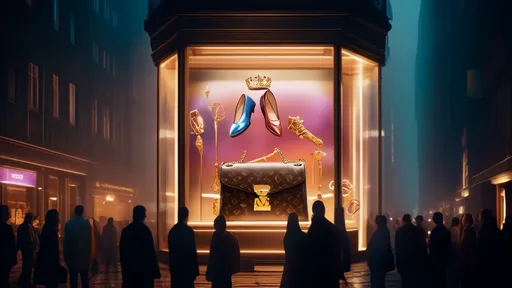
By /Aug 13, 2025